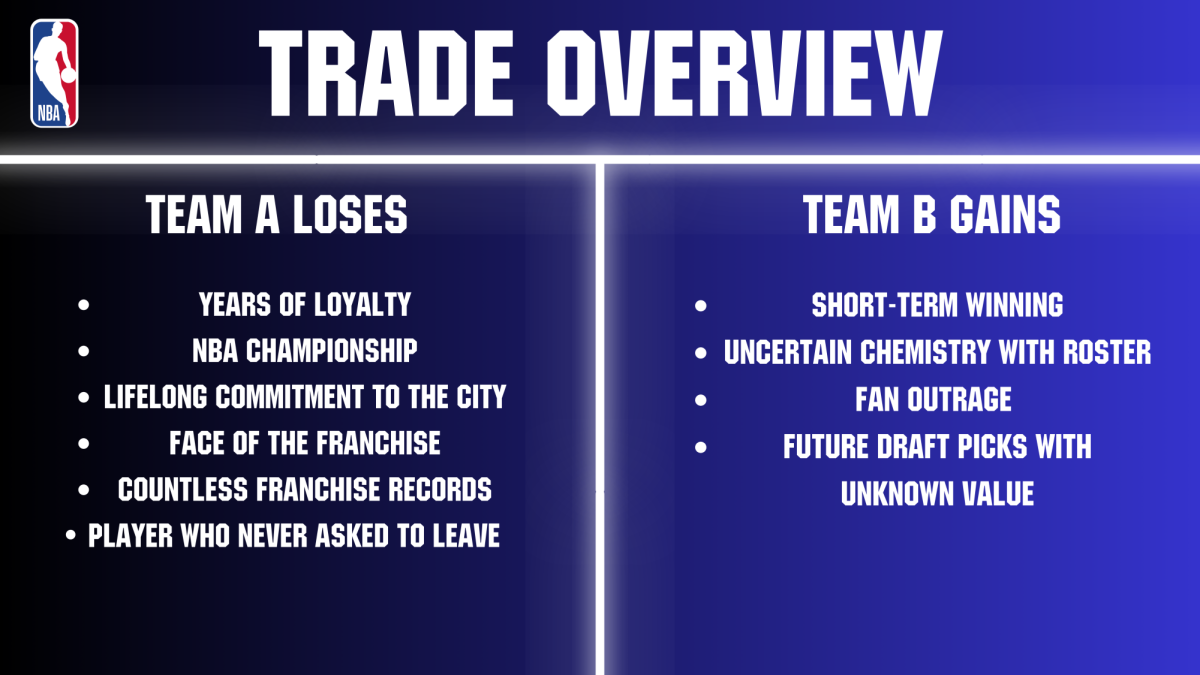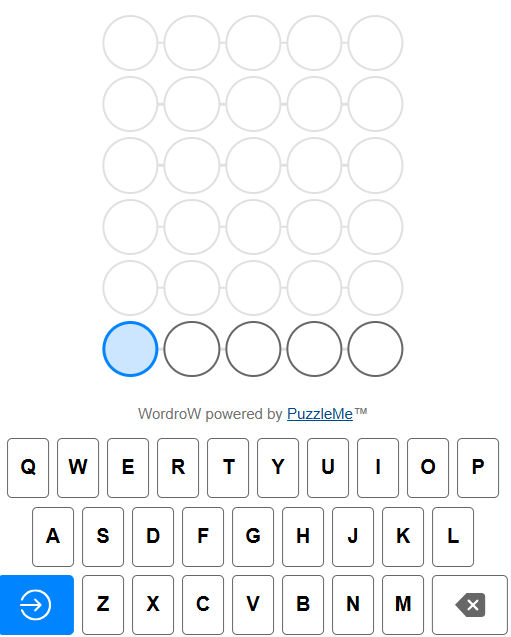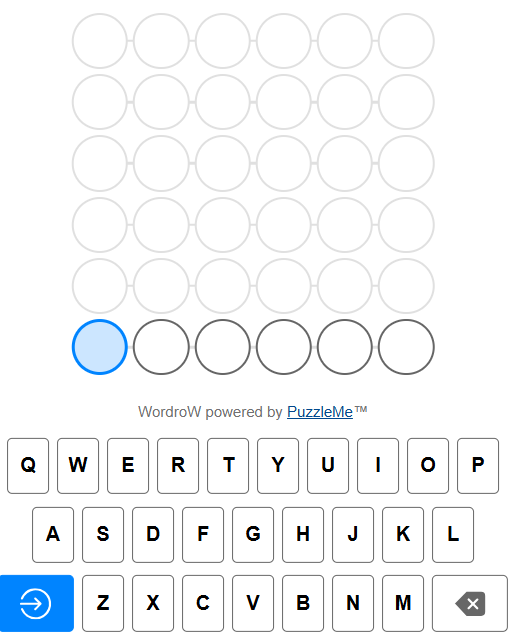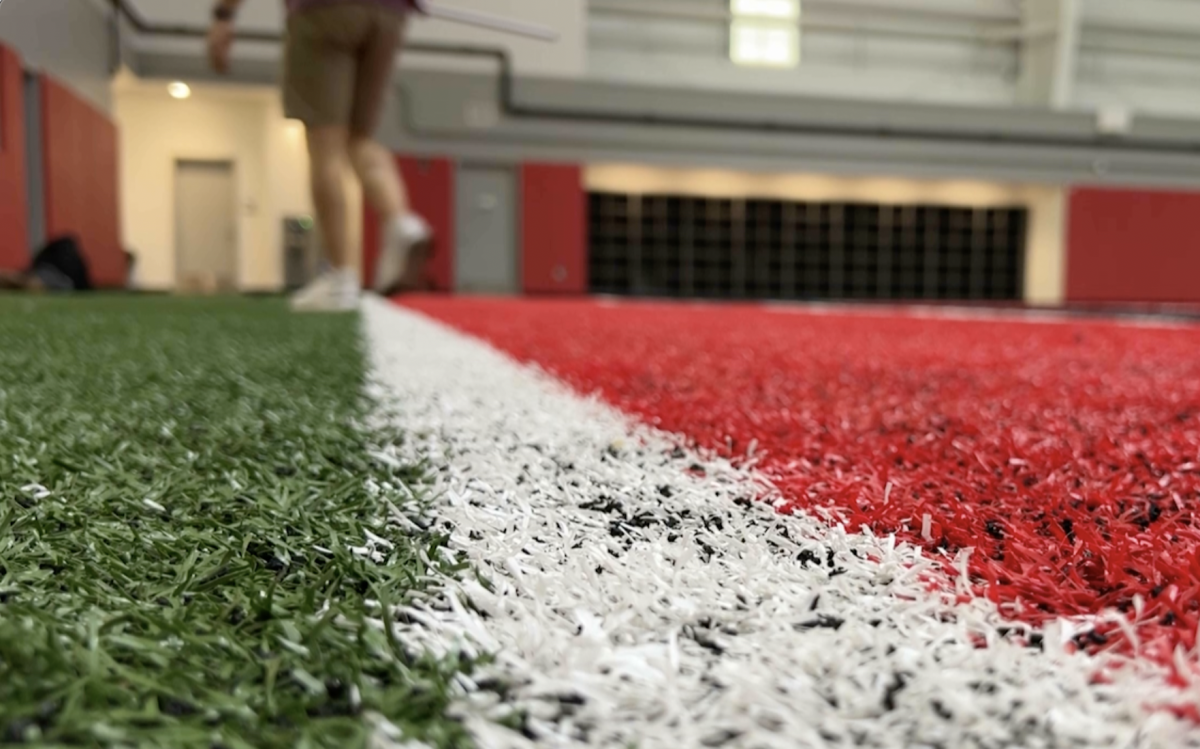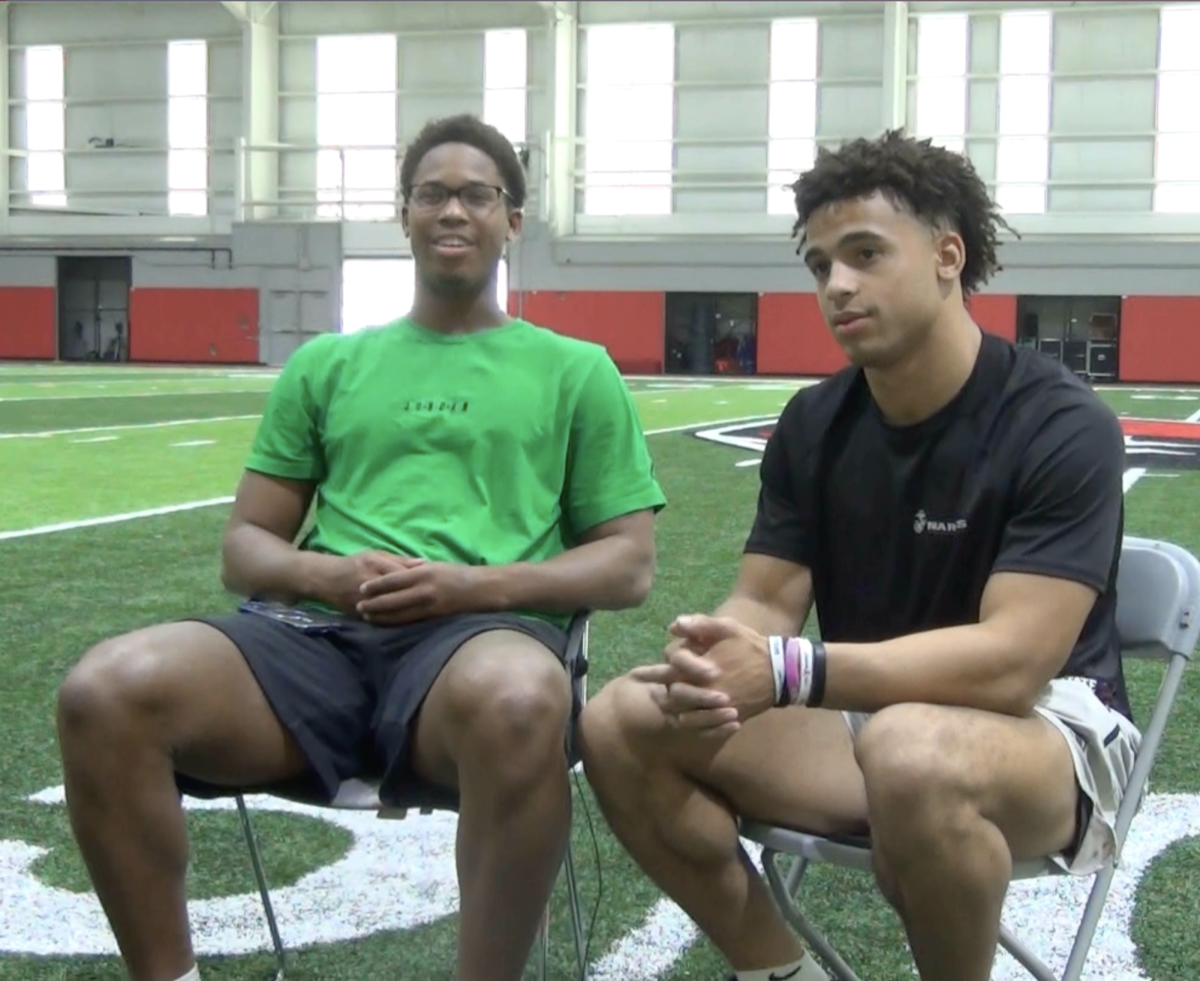The NFL Draft is still about a month away, but it is never too early to imagine the perfect player for each team. This year’s crop has plenty of top-tier talent, especially at the quarterback position, but one player stands out to me more than any other: Brock Bowers.
Bowers is a tight end out of Georgia and was an integral part of their success in recent years. The phrase ‘a man among boys’ gets thrown around a lot before the draft but I can guarantee that Bowers fits that description. Listed at 6 feet 4 inches tall, 240 pounds, his measurables do not necessarily jump off the page, but this doesn’t tell the full story. When you look at Bowers’ film from college, it is filled with plays of him shrugging off multiple defenders, turning a 10-yard gain into a touchdown.
Even though Bowers is listed as a tight end, he has the speed to beat linebackers out wide, the physicality to block on the line, the route-running to line up in the slot, the ball skills to take handoffs, and the hands to make contested catches. Tight ends like Bowers aren’t usually what you build your offensive attack around, but Bowers, like Rob Gronkowski and Travis Kelce, should be the exception to this train of thought.
There are skeptics of Bowers. They point to his smaller catch radius and lack of blocking refinement, but these are nitpicks. In terms of pure talent, most draft experts consider Bowers to be a top 5 player in the class but concerns over the optics of taking a tight end too high have led to some mock drafts leaving Bowers out of the top 10, which is a massive mistake. This mostly stems from the fact that Kyle Pitts, the last tight end to be picked in the top 10, has been overwhelmingly mediocre in the NFL. The typical lifespan of a tight end is short and when you have players at much more attractive positions like quarterback and wide receiver still on the board, most teams will likely be inclined to pass on Bowers.
Again, Bowers should be the exception to the unwritten rule. He is the prototype of the modern tight end and isn’t limited to playing on the line of scrimmage where he would face a more physical style. Furthermore, Pitts was heralded as an athletic specimen, not necessarily as a complete prospect, whereas Bowers, whose ceiling may be lower than Pitts’, is more polished overall.
If Bowers were to fall out of the top 10, the Indianapolis Colts seem to be a perfect landing spot for him. What Shane Steichen did in his first season as a head coach is remarkable. The Colts offensive cupboard was bare, yet somehow, in 13 of the 17 games, they scored 20 or more points. Somehow, Steichen turned Gardner Minshew into a Pro Bowl quarterback all while navigating the Jonathan Taylor situation, midseason arrests and injuries to the offensive line. This is a minor miracle made nearly impossible, considering that star rookie quarterback Anthony Richardson only played in four games.
Even with this solid offensive output, the Colts had their fair share of offensive struggles. They ranked 26 in the league in third down conversion percentage and 23 in red zone touchdown percentage. However, Bowers provides a quick fix to each of these problems as his versatility allows him to be a matchup nightmare on third downs and his frame means that he will be a red zone target.
Steichen could use Bowers as a Swiss Army knife, maximizing his potential. The Colts have had a revolving door at the tight end position and Bowers could act as a stabilizer. Bowers would also be a safety valve for Richardson, who will have to shake off some rust in his second season.
Bowers is too unique and too good of a player for the Colts to pass on, even if it means trading up to draft him.














